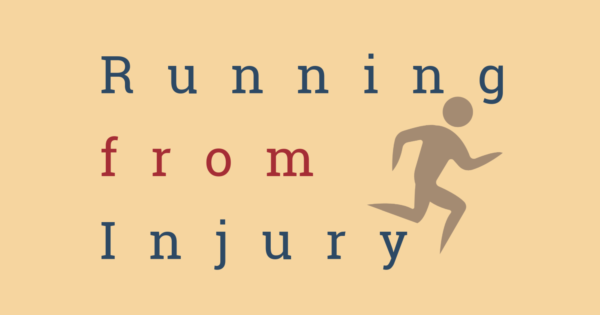Recently I was talking to a friend about his plantar fasciitis. It turns out that he had been battling this injury for almost a year. While he was able to cross train with activities such as swimming and cycling, he was unable to run for over 10 minutes without pain.
Plantar fasciitis is an injury that commonly plagues runners. While I have successfully treated many patients with this type of pain, I have also had patents with plantar fasciitis that I have been unable to effectively treat. These patients have left me frustrated and scratching my head. Ultimately I have had to send these patients back to their referring provider, or another healthcare professional.
What is plantar fasciitis?
Plantar fasciitis is an irritation of your plantar fascia, the connective tissue that runs along the bottom of your foot. It attaches to your heel bone (Calcaneus) and runs to your metatarsals (ball of your foot). The purpose of your plantar fascia is to create a supportive sling for your foot. This is important to running as your plantar fascia acts like a spring, storing energy when your foot contacts the ground and then converting it to energy to help you push off.

What are the Symptoms?
Heel pain or soreness that you notice upon the first few steps out of bed in the morning, or upon the first few steps after sitting for a while. Often time this pain will go away as you continue to move. This may be why many people do not take action when they first notice the symptoms of plantar fasciitis.
What Causes Plantar fasciitis:
One study identified decreased ankle dorsiflexion (the angle at which your ankle bends up, with toes reaching for your nose), and individuals with a body mass index of over 30 kg/m2 who spend the majority of their time on their feet of having an increased risk of developing plantar fasciitis. Other research suggests weak toe flexors may play a part in the development of plantar fasciitis
In my experience, I have also found that plantar fasciitis can occur in runners as they increase their mileage. I have also seen plantar fasciitis occur in runners who have taken a more sedentary job or have increased the amount of time that they spend sitting. Runners who make a drastic change in their footwear may also put themselves at risk for developing plantar fasciitis.
Plantar fasciitis may be more likely to occur in these people because they are making a drastic change in the demands placed on their ankles and feet.
What can help prevent plantar fasciitis:
- Proper shoewear: If you want to transition from a 12mm drop running shoe to a 0 drop shoe, or a minimalist shoe, do so gradually by running in a 4mm drop shoe first.
- If you have a sedentary job, try to get up and walk a little, or stand a little during the day.
- If you are increasing your running mileage, do not increase by more than 10% per week.
- Maintain good ankle mobility: using a foam roller or lacrosse/ tennis ball can help (see below).
- Strengthening the muscles in your feet, ankles, and hips
I think I feel something in my heel…
If you feel a case of plantar fasciitis coming on, it may be best to act sooner rather than later. Mobilizing your calf muscles is a good place to start, as they can limit your ankle movement when they get tight. This can be done by using a foam roller, or lacrosse or tennis ball to roll out your calf muscles.



Even better yet is to start working with a PT- the PT can help to tailor the sets and reps of strengthening to your symptoms so that you do not make the pain worse.
What other things may help:
- Inserts: One study found that pre-fabricated inserts along with stretching helped to decrease the symptoms of plantar fasciitis when compared to custom orthotics and stretching. Mainly these prefabricated inserts contained some sort of padding at the heel.
- Injections: Corticosteroid injections may provide immediate relief of symptoms which can last up to a month. However, a systematic review found that symptoms in many of the subjects had returned within six months. Additionally, the corticosteroid can adversely affect the integrity of the plantar fascia (make it weaker). Consult with your doctor before deciding to go this route
- Extracorporeal shock wave therapy: What is it? High amplitude pulses of acoustic energy delivered through the skin over the area where the plantar fascia attaches to your heel bone. The theory behind extracorporeal shock wave therapy is that the pulses create micro-trauma to the site. This micro-trauma stimulates blood flow, as well as the body’s natural tissue healing mechanisms. Past research in this area was inconclusive and poorly controlled. However, now there are some smaller studies that are of better quality suggesting that this type of therapy may help runners with plantar fasciitis. This type of therapy can be administered by a healthcare professional with appropriate training.
In Conclusion
Plantar fasciitis is foot pain, that can end up being a pain in your rear end. While there is no one size fits all, or go to treatment that works for everyone, there are different treatments out there that might help.
My best advice is to not ignore your pain and think it will go away on its own. Taking early action and doing some of the self-mobilizations with the foam roller, and lacrosse or tennis ball, as shown above, can decrease the likelihood that plantar fasciitis will hinder your training.
